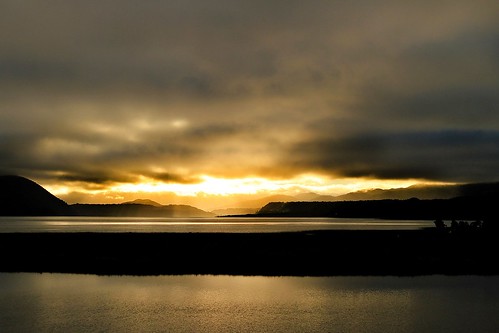
Patagonia, Chile is known for its spectacular views, amazing scenery and great fly fishing. The area attracts 2 million tourists annually. But only 20 percent of Chile’s natural resources are protected. Chilean stakeholders recently partnered with the U.S. Forest Service and the State Department to develop tourism in concert with land management practices.
Through funding under the U.S. Chile Environmental Cooperation Agreement, the focus of this partnership is to create plans for protected area management and sustainable tourism while building relationships with the public. Approximately 20 participants from Patagonia were recently trained in methods for social, economic, and environmental awareness. The shared interests of the trainers, participants, and government agencies reside in the protection of the diverse populations and unique ecosystems present in Patagonia.
One of the major goals of this endeavor is to develop a plan for inclusivity regarding public participation and how to better market the benefits of protected areas to local populations.
Because of this partnership, a draft framework for developing a Public Use Plan for the Chiloe National Park was developed and will be used to evaluate future land management initiatives.
For more information on these and other projects, take a look at the U.S. Forest Service International Programs website.
